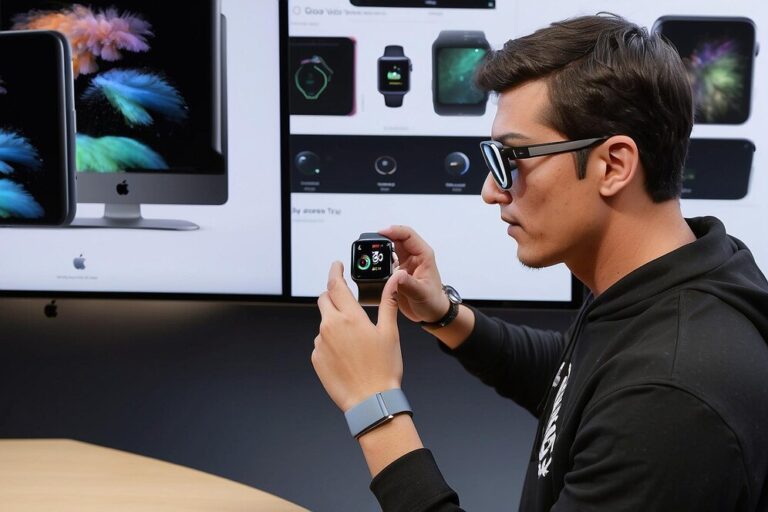In the digital age, animation has evolved far beyond simple cartoons and entertainment. It has become a critical element in delivering interactive content across websites, mobile applications, and educational tools. Among the various animation styles, 2D animation plays a significant role in engaging audiences and enhancing interactivity in digital content. Unlike 3D, which is often associated with realism, 2D animation offers simplicity, flexibility, and a familiar aesthetic, making it ideal for creating interactive experiences.
In this blog, we’ll explore how 2D animation contributes to interactive content and why businesses should consider investing in 2D animation services for their digital platforms. We’ll also touch on how this type of animation complements 3D animated logos to enhance brand visibility.
What is 2D Animation?
2D animation involves creating movements in a two-dimensional space, using flat images and drawings that are arranged in a sequence to create the illusion of motion. This type of animation typically consists of characters, objects, and environments that move along the X and Y axes, making it simple yet versatile. It is the classic style of animation often seen in TV shows, games, apps, and explainer videos.
While 2D animation may seem basic compared to 3D, its minimalist design, ease of production, and engaging visual appeal make it a powerful tool for interactive content. From explainer videos to mobile app interfaces, 2D animation can simplify complex ideas and engage users in a way that’s fun and immersive.
The Importance of Interactive Content in Modern Marketing
Interactive content is key to increasing user engagement and improving customer experience. Whether it’s interactive websites, educational games, or mobile apps, users crave experiences that allow them to engage actively rather than passively consuming information. This shift towards interaction has paved the way for various forms of dynamic content, with animation taking center stage.
2D animation plays an essential role in interactive content by:
- Improving User Engagement: Interactive elements, such as buttons, sliders, and scroll-based animations, are made more attractive with 2D animations. They create visual cues that guide users and make the digital experience more engaging.
- Storytelling: Animations help simplify complex concepts and create compelling narratives. In interactive platforms, they allow users to follow a story or process without losing interest, which is particularly beneficial for educational tools and explainer videos.
- Visualizing Data: In a world where data visualization is crucial, 2D animations make charts, graphs, and infographics more dynamic and easier to comprehend. These animations help break down dense information and make data-driven content visually appealing and interactive.
- Enhancing Brand Identity: 2D animations, including 3D animated logos, are often integrated into interactive content to strengthen brand identity. Animated logos that move in response to user interaction create memorable brand experiences that stick with consumers.
2D Animation in Interactive Web Design
Incorporating 2D animation into website design is one of the most common uses of animation for interactive content. Here’s how 2D animation can significantly enhance a website’s interactivity:
1. Microinteractions
Microinteractions refer to small, interactive moments that occur in response to user input. These interactions improve usability and provide instant feedback to the user. For example, a button that changes color or a slider that shifts shape when clicked can increase user satisfaction. 2D animation can make these microinteractions smooth and visually appealing, helping users navigate the interface intuitively.
2. Navigation and Menu Animations
A well-animated navigation bar or menu can enhance the user experience by providing visual cues that make the website easier to explore. For instance, animated dropdown menus, smooth transitions between pages, and interactive sidebars improve navigation while adding an element of fun.
3. Scroll-Triggered Animations
Scroll-triggered animations are an excellent way to make a website more interactive. As users scroll down a webpage, 2D animations can be triggered to animate elements like text, images, or illustrations. These animations help keep users engaged as they explore different sections of the website. A website could, for example, feature an animated character or object that moves in sync with the user’s scrolling action, enhancing the storytelling experience.
4. Animated Infographics
Interactive content that explains data or processes often relies on infographics, and 2D animation makes them far more engaging. Instead of static images, animated infographics provide real-time visual feedback as users interact with the data, allowing them to explore complex concepts more easily.
2D Animation in Mobile Apps
2D animation is a key element in enhancing interactivity in mobile apps. From gaming to e-learning, apps use animation to make the user interface (UI) more engaging and responsive. Here are some ways 2D animation helps:
1. Onboarding Animations
When users first download an app, onboarding animations help introduce key features in a visually appealing way. These short, interactive animations show users how to use the app, guiding them through the features and ensuring a smooth user experience. This can be particularly useful for apps with complex functionalities or multiple layers of interaction.
2. Loading Screens and Transitions
Loading screens and transitions between app pages can be a dull part of the user experience. However, 2D animations can turn these moments into engaging interactions, reducing perceived wait times and holding users’ attention while the app loads or processes data. An example is an animated logo or character that interacts with the loading progress, creating a lighthearted break in user flow.
3. Game Mechanics
Many mobile games, especially casual and puzzle games, rely on 2D animation to drive interaction. Simple 2D game mechanics allow developers to focus on user experience without the complexity of creating 3D environments. These games use animated characters, objects, and interactive elements to guide users through gameplay while keeping them entertained.
4. Animated Icons and Buttons
Mobile apps often rely on 2D animated icons and buttons to guide user interaction. When users tap or swipe, the icons can animate in response, adding a level of interaction that feels intuitive and engaging. These small animations improve the overall user experience and make the interface more dynamic.
Educational Content and E-Learning
The use of 2D animation is prevalent in educational content and e-learning platforms, where interactive learning experiences are crucial for engagement and retention. Here’s how 2D animation services are making a difference in this space:
1. Interactive Quizzes and Learning Tools
Animations can make quizzes and learning exercises more engaging by providing visual feedback in real time. For example, correct answers may trigger fun animations, while incorrect answers may lead to hints or explanations, keeping learners motivated and informed.
2. Story-Based Learning
In e-learning, storytelling is a powerful educational tool. 2D animations allow for story-based learning where learners interact with animated characters and scenarios. This not only makes the content more engaging but also helps learners absorb and retain information more effectively.
3. Simplifying Complex Ideas
2D animations can break down complex ideas or processes into bite-sized, interactive pieces. In science, for instance, an animated diagram may show the step-by-step progression of a chemical reaction, allowing students to interact with the different stages of the process.
The Blend of 2D and 3D in Interactive Content
While 2D animation is highly effective for interactive content, blending it with 3D elements, such as 3D animated logos, can provide an added layer of visual depth and dynamism. For instance, interactive websites or mobile apps can use 3D logos that animate when users scroll or hover, creating a visually captivating experience. The contrast between 2D and 3D animation often helps highlight key aspects of the user interface and makes brands stand out in crowded digital spaces.
Why Invest in 2D Animation Services?
Given the versatility and creative possibilities offered by 2D animation, businesses should consider investing in 2D animation services to enhance their digital presence. Here are a few reasons why:
- Cost-Effective: Compared to 3D animation, 2D animation is generally more affordable, making it an excellent option for small businesses or startups looking to create interactive content on a budget.
- Familiar Aesthetic: The simplicity of 2D animation makes it accessible and familiar to users, ensuring a comfortable and enjoyable experience.
- Flexibility: 2D animation can be used across various industries, from education to entertainment, marketing, and web design, making it a flexible option for multiple types of interactive content.
- Speed of Production: Creating 2D animations is often quicker than creating 3D models and environments, allowing businesses to roll out content faster.
- Enhanced User Experience: By integrating 2D animations into websites, apps, and games, companies can provide a richer, more interactive experience, which leads to higher engagement and retention rates.
Conclusion
2D animation plays a pivotal role in interactive content, from enhancing user engagement on websites to making mobile apps and educational platforms more immersive. Its versatility, ease of production, and cost-effectiveness make it a go-to choice for businesses looking to create dynamic digital experiences. Whether used in tandem with 3D animated logos or as the primary medium for storytelling, 2D animation services offer endless possibilities for interactive content creation. By investing in high-quality 2D animation, businesses can captivate their audiences and elevate their brand’s digital presence.
















